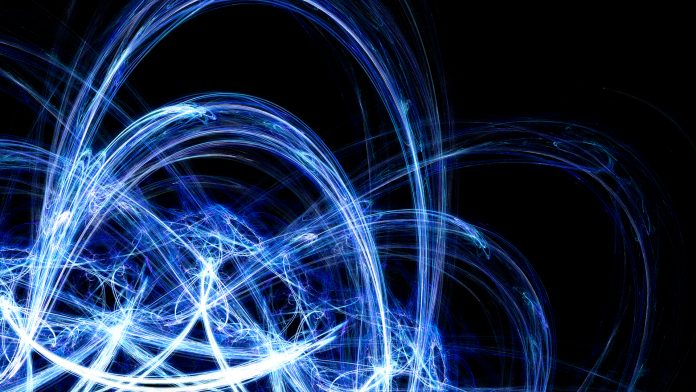Researchers at Boston College have found an intricate landscape of electronic states that are capable of cohabiting on a kagome lattice, reminiscent of those in high-temperature superconductors.
The study centred around a bulk single crystal of a topological Kagome metal called CsV3Sb5, a metal that becomes superconducting at temperatures of minus 455 degrees Fahrenheit. The novel materials are constructed from atomic planes comprised of Vanadium atoms organised on a kagome lattice – a pattern of interlaces triangles and hexagons – arranged on top of each other, with Cesium and Antimony spacer layers between the kagome planes.
The team’s findings have been published in the journal Nature, in a report titled “Cascade of correlated electron states in a kagome superconductor CsV3Sb5.”
Lattice structure geometry
The materials offer an insight into how the physical properties of quantum solids – like light transmission, electrical conduction, or response to a magnetic field – relate to the underlying geometry of the atomic lattice structure.
Due to the fact its geometry results in destructive interference and ‘frustrates’ the kinetic motion of traversing electrons, kagome lattice materials are valued highly for delivering a distinctive and abundant ground for the study of quantum electronic state.
So far, most experimental efforts have centred on kagome magnets. However, in this study, the team focused on a non-magnetic material, which paves the way for investigations on how electrons in kagome systems act without magnetism. The electronic structure of these crystals can be categorised as ‘topological’, while high electrical conductivity makes it a ‘metal’.
“This topological metal becomes superconducting at low temperature, which is a very rare occurrence of superconductivity in a kagome material,” explained Boston College Associate Professor of Physics Ilija Zeljkovic, a lead co-author of the report.
In a metal, electrons in the crystal form a liquid state. Electrical conduction occurs when the charged liquid flows under a bias voltage. The researchers utilised a scanning tunnelling spectroscopy method to probe the quantum interference effects of the electron liquid, said Zeljkovic.
Phases of electron liquid
The study unveiled a ‘cascade’ of symmetry-broken phases of the electron liquid driven by the correlation between the electrons in the material, the researchers concluded.
Taking place sequentially as the temperature of the material was decreased, ripples, or standing waves, emerge first in the electron liquid, called charge density waves, with periodicity different from the underlying atomic lattice. At a lesser temperature, a new standing wave component nucleates only along one direction of the crystal axes, such that electrical conduction along this direction is different than in any other direction.
These phases develop in the normal state – or the non-superconducting metallic state – and persist below the superconducting transition, Wang explained. The team’s research shows that superconductivity in CsV3Sb5 arises from, and cohabits with, a correlated quantum electronic state that breaks spatial symmetries of the crystal.
The researchers’ results may have powerful consequences for how the electrons form ‘Cooper’ pairs and turn into a charged superfluid at an even lower temperature, or a superconductor competent at electrical conduction without resistance. In this family of kagome superconductors, other research has indicated the potential of unconventional electron pairing, said Zeljkovic.
Symmetry breaking
Researchers in the field have noted a phenomenon called time-reversal symmetry breaking in CsV3Sb5. This symmetry rule – which holds that actions would be performed in reverse if time were to run backwards – is typically broken in magnetic materials, but the kagome metal shows no substantial magnetic moments. Zeljkovic said the next steps in this research are to understand this apparent contradiction and how the electronic states revealed in this recent work are related to time-reversal symmetry breaking.
“The publishing of these two reports side-by-side not only reveals new and broad insights into kagome lattice superconductors, but also signals the high level of interest and excitement surrounding these materials and their unique properties and phenomena, which researchers at Boston College and institutions around the world are discovering with increasing frequency,” Wang concluded.









